Canada is not only a great dive destination but also a good launching point for overseas dive trips. Thanks to well-connected airports in cities like Toronto, Vancouver, and Montreal, Canadians have access to a wide variety of scuba destinations around the globe. Whether you’re braving the icy waters of Ontario or seeking out the vibrant coral reefs of Belize, there’s a dive destination for every season and experience level. Here are ten year-round scuba diving hotspots for your wish list.
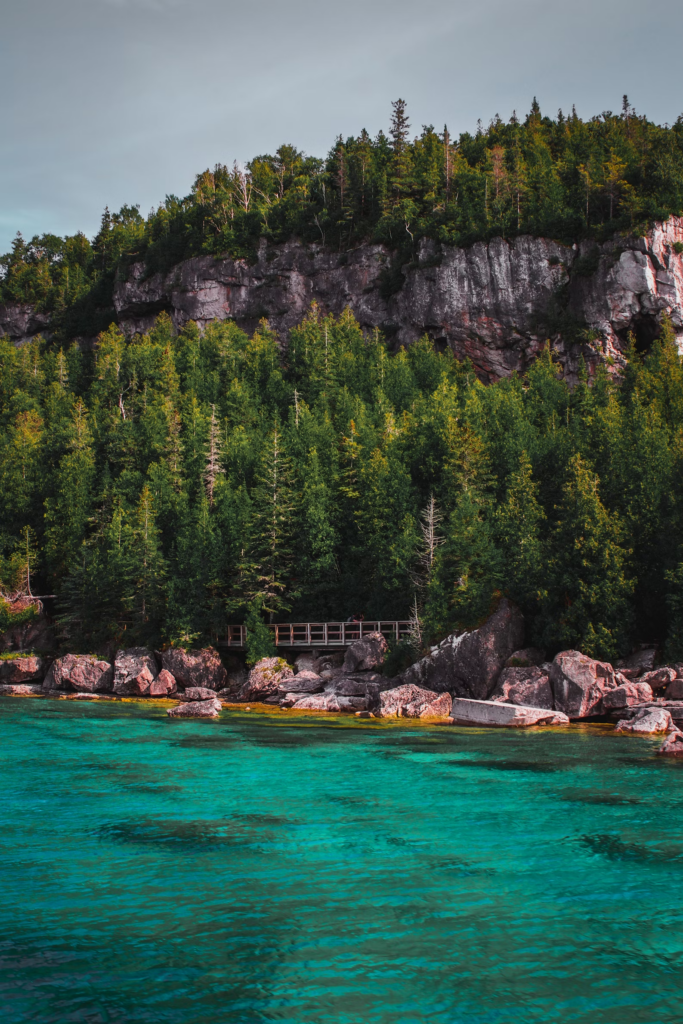
1. Tobermory, Ontario.
Known as the scuba diving capital of Canada, Tobermory offers excellent cold-water diving. It is home to Fathom Five National Marine Park, a protected area featuring some of the clearest freshwater diving in the world. Here, divers can explore shipwrecks dating back to the 19th century, as well as dramatic underwater cliffs and rock formations.
On land, Tobermory offers hiking along the Bruce Trail and visits to the iconic Flowerpot Island. The small-town charm and natural beauty make it a fantastic destination for a summer adventure.
· Water temperature: 4–15°C (39–60°F), remaining at around 4°C at depth year-round.
· Best time to dive: August to September for warmer waters.
· Experience level: Beginner to advanced.

2. Vancouver Island, British Columbia.
Vancouver Island also offers great cold-water diving. Rich in marine life, the area is home to giant Pacific octopuses, wolf eels, and colorful anemones. Popular dive sites include the wreck of the HMCS Saskatchewan and the marine-rich waters of Port Hardy.
When not diving, visitors can explore charming seaside towns like Tofino, hike through old-growth rainforests, or enjoy whale-watching tours.
· Water temperature: 7–12°C (45–54°F).
· Best time to dive: Year-round; winter months offer the best visibility.
· Experience level: Intermediate to advanced.

3. Cozumel, Mexico.
Famed for its crystal-clear, warm waters and vibrant reefs, the diving in Cozumel is fantastic. The island sits along the Mesoamerican Barrier Reef, the second-largest reef system in the world. Drift diving is the norm here, with sites like Palancar Reef and Santa Rosa Wall offering stunning coral formations and abundant marine life, including sea turtles and eagle rays.
On land, Cozumel boasts white sandy beaches, lively markets, and Mayan ruins to explore. It’s a destination that combines world-class diving with a laid-back island vibe.
· Water temperature: 26–29°C (79–84°F).
· Best time to dive: November to May for calmer seas and better visibility. December to March for eagle ray season.
· Experience level: Beginner to advanced.
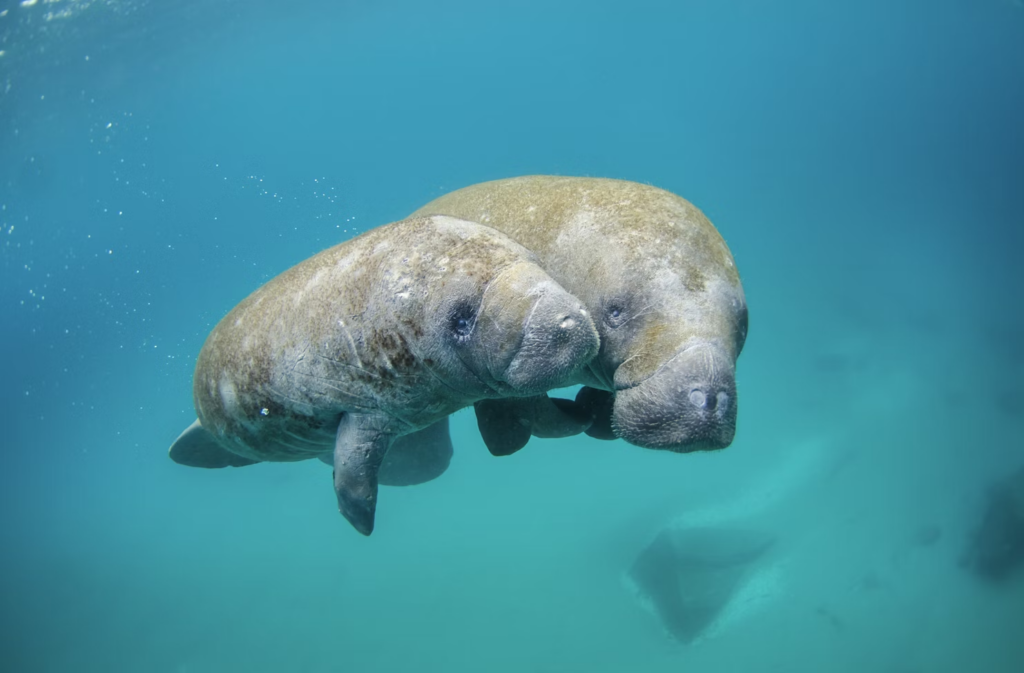
4. Florida, USA.
Stretching 120 miles off the southern tip of Florida, the Florida Keys offer warm waters and accessible diving for all levels. Whether you have just got your diving license or are an Advanced Open Water diver with dozens of dives, Florida has plenty of dive sites to explore.
Key Largo is home to the famous John Pennekamp Coral Reef State Park and the wreck of the USS Spiegel Grove, while Key West offers reefs teeming with tropical fish, nurse sharks, and colorful corals.
Beyond the Keys, Florida’s rivers and freshwater springs, such as Devil’s Den and Ginnie Springs, provide unique inland diving opportunities. These crystal-clear springs are perfect for divers seeking calm conditions and fascinating underwater formations, with many also popular for snorkeling and cavern diving.
On the surface, Florida offers plenty of adventures, from fresh seafood dining to sunset cruises and exploring the vibrant art and culture of Key West. With its combination of tropical and freshwater dive experiences, Florida is a year-round destination for divers.
· Water temperature: 23–30°C (73–86°F) in the Keys; springs are consistently around 22°C (72°F).
· Best time to dive: November to February for manatee season, July to October for goliath groupers, and December to March for shark diving season.
· Experience level: Beginner to advanced.
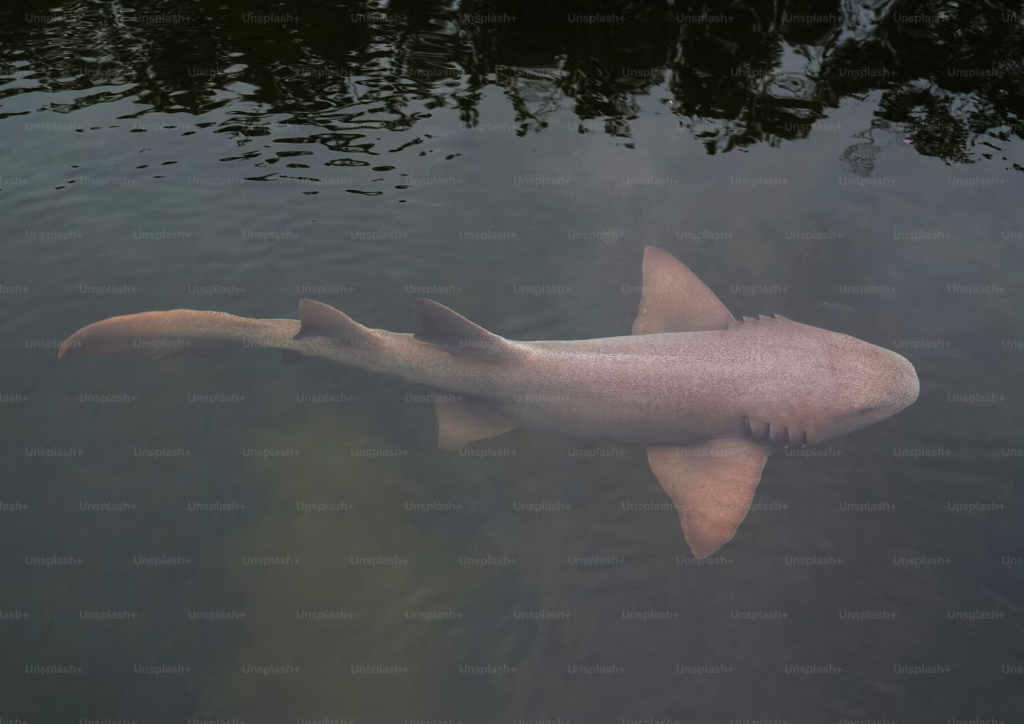
5. Belize Barrier Reef, Belize.
The Belize Barrier Reef stretches 300 kilometers along the coast of Belize. This UNESCO World Heritage Site offers pristine dive sites like Hol Chan Marine Reserve and Shark Ray Alley, where divers can swim alongside nurse sharks and stingrays. The reef’s biodiversity is unparalleled, with coral gardens and an abundance of tropical fish. Above water, Belize offers lush jungles, ancient Mayan ruins, and charming coastal towns like Placencia.
· Water temperature: 26–29°C (79–84°F).
· Best time to dive: April to June; calm seas and whale shark sightings near Gladden Spit. December to April for the dry season.
· Experience level: Beginner to advanced.
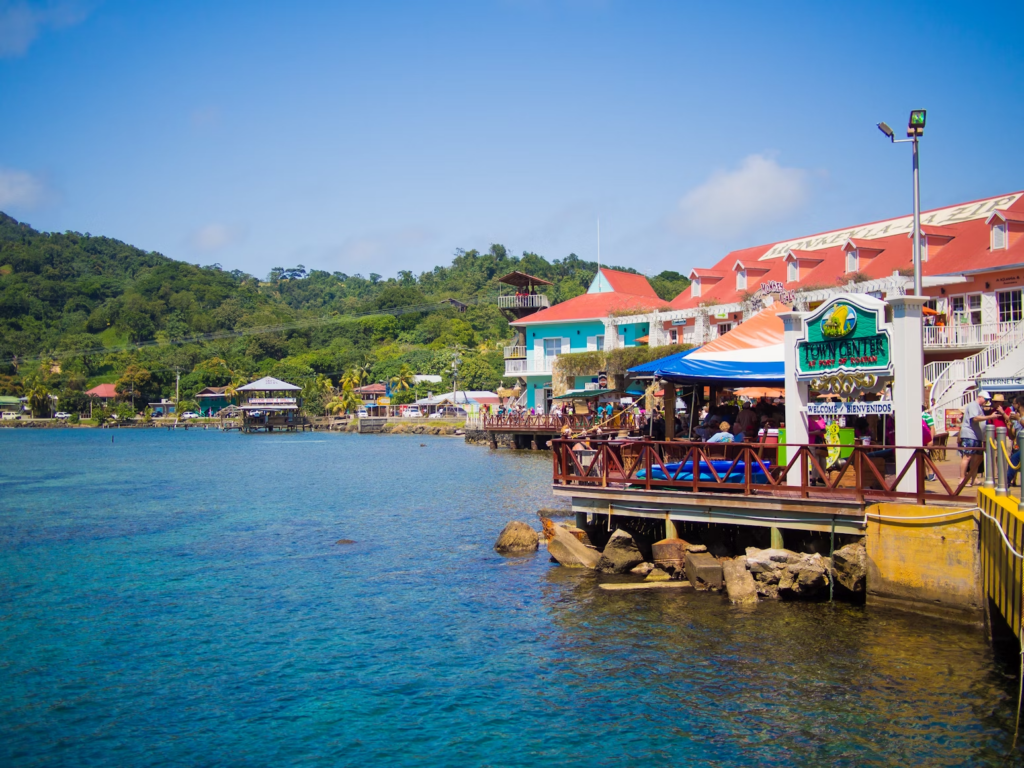
6. Roatan, Honduras
Roatan, part of the Bay Islands, is surrounded by the Mesoamerican Barrier Reef and offers diverse dive sites, from shallow coral gardens to deep walls. Marine life is plentiful here,
including spotted eagle rays, seahorses, and reef sharks. Dive sites like Mary’s Place and West End Wall are favorites among divers.
The island itself is perfect for relaxation, with stunning beaches, eco-parks, and local markets. Roatan’s laid-back vibe and affordable pricing make it a top choice for a warm-water getaway.
· Water temperature: 27–30°C (81–86°F).
· Best time to dive: March to August; dry season with calm seas.
· Experience level: Beginner to advanced.
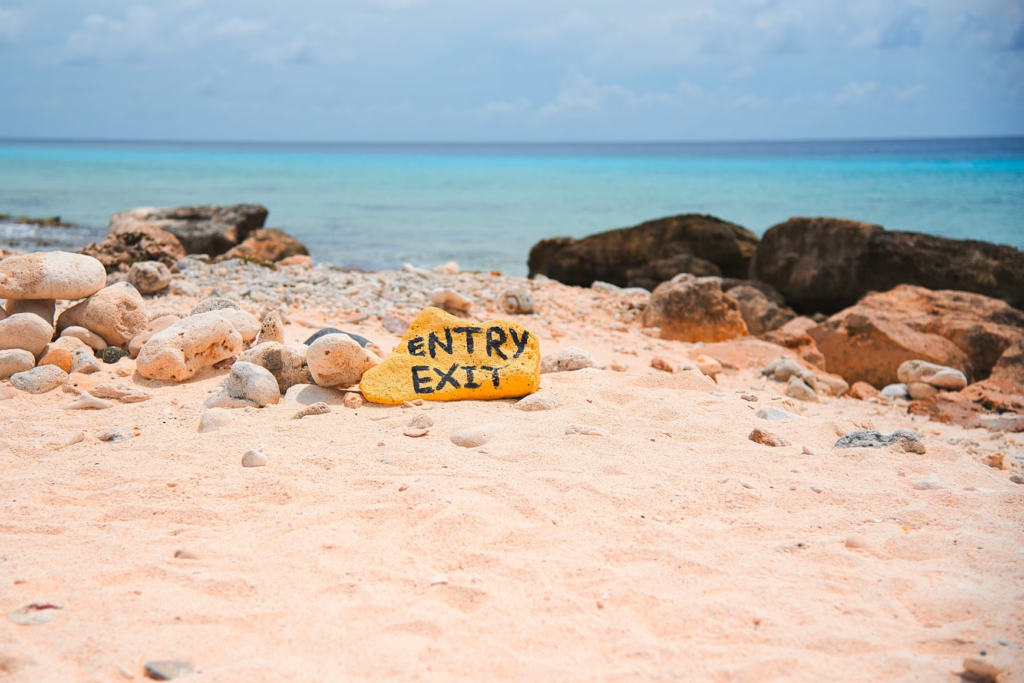
7. Bonaire.
Known as the shore diving capital of the world, Bonaire is perfect for divers who like to dive at their own pace with easy access to vibrant reefs. This Caribbean gem boasts more than 60 dive sites located just a short swim from the beach. Sites like Salt Pier and 1000 Steps showcase stunning coral gardens, thriving marine life, and calm, clear waters teeming with parrotfish, seahorses, and moray eels.
The entire coastline is protected as a marine park, ensuring pristine dive conditions year-round. When you’re not diving, Bonaire offers windsurfing at Lac Bay, hiking in Washington Slagbaai National Park, and exploring downtown Kralendijk.
· Water temperature: 26–30°C (79–86°F).
· Best time to dive: November to May; the dry season offers the best visibility and calm seas.
· Experience level: Beginner to advanced.
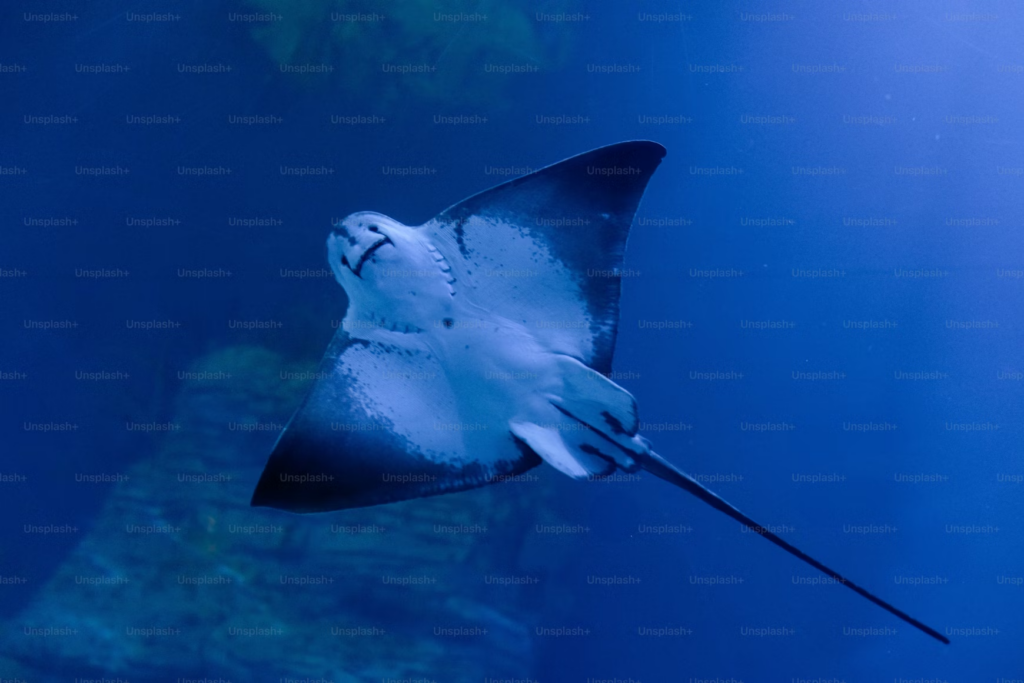
8. Cayman Islands.
The Cayman Islands are a bucket-list destination for divers, offering crystal-clear waters, dramatic drop-offs, and thriving marine life. Grand Cayman’s Stingray City allows you to interact with friendly stingrays, while Bloody Bay Wall on Little Cayman features incredible coral wall diving. The wreck of the USS Kittiwake is another must-see.
Off the water, visitors can enjoy world-class dining, white sand beaches, and luxury resorts. The Caymans are perfect for divers seeking a mix of world-class diving and indulgence.
· Water temperature: 26–29°C (79–84°F).
· Best time to dive: All year except peak hurricane season.
· Experience level: Beginner to advanced.
9. Maui, Hawaii.
Maui offers a mix of lush landscapes and vibrant dive sites, with marine life only found in Hawaii. The volcanic formations of Molokini Crater create a unique dive environment, while
Turtle Town is a favorite for spotting Hawaiian green sea turtles. Humpback whales migrate to Maui’s waters between December and March, adding an exciting addition to dive trips.
On land, you can explore the iconic Road to Hana, relax on black sand beaches, or immerse yourself in Hawaiian culture. Maui is a destination that combines natural beauty with world-class diving.
· Water temperature: 23–27°C (73–81°F).
· Best time to dive: April to October; warmer waters and less rain.
· Experience level: Beginner to advanced.
10. Galápagos Islands, Ecuador.
The Galápagos Islands are on the wish lists of divers worldwide. These remote islands are teeming with marine life, including hammerhead sharks, whale sharks, penguins, marine iguanas, and playful sea lions. Dive sites like Darwin’s Arch offer encounters with massive schools of fish and pelagic species.
When not diving, visitors can explore the islands’ volcanic landscapes, visit giant tortoise sanctuaries, or snorkel with marine iguanas. The Galápagos is truly a remarkable place to visit, whether you are a diver or not.
· Water temperature: 16–28°C (61–82°F).
· Best time to dive: June to November; cooler waters and whale sharks. December to May for calmer conditions and huge numbers of hammerheads, silky, and Galapagos sharks.
· Experience level: Advanced.
Kathryn Curzon, a dive travel writer for Scuba Schools International (SSI), wrote this article.

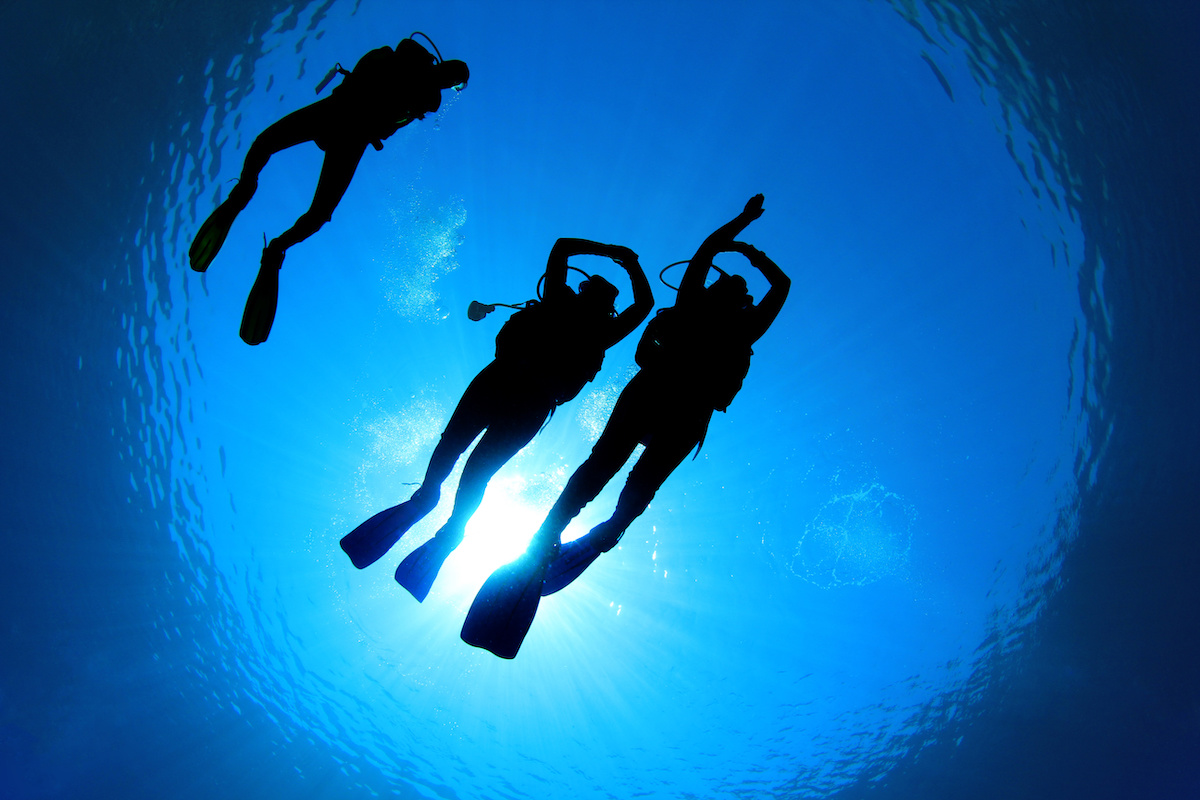
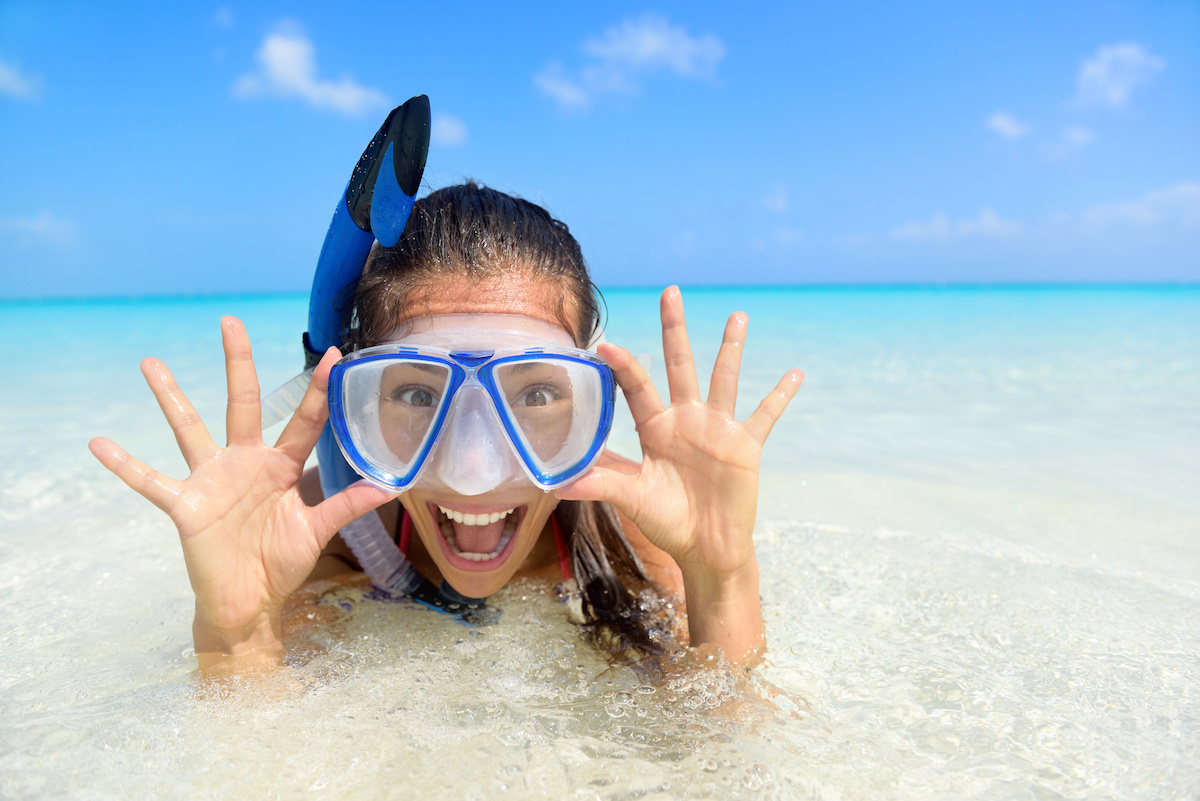

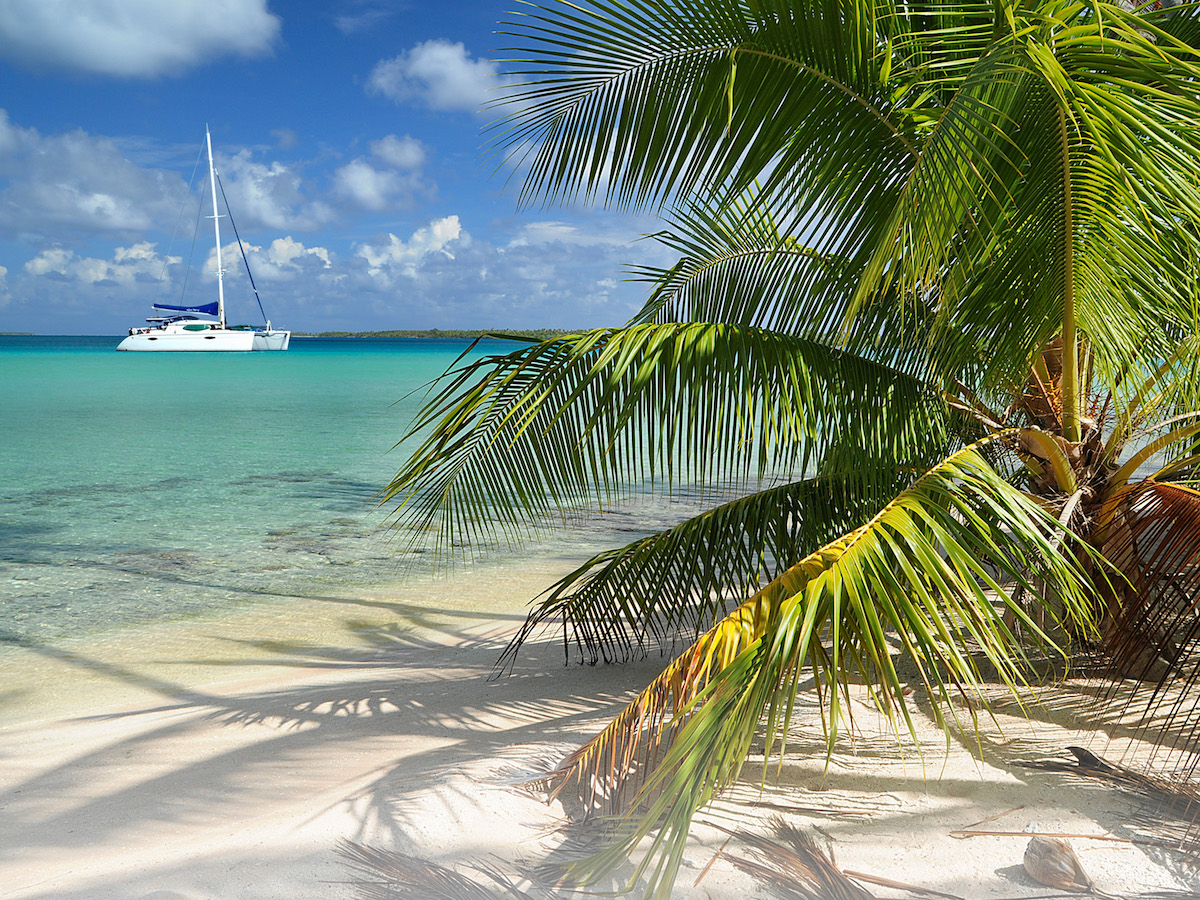

Leave A Comment